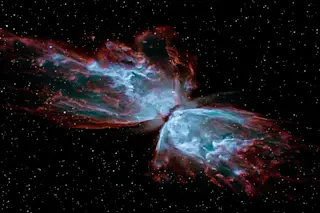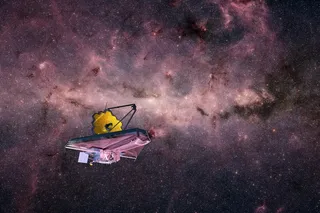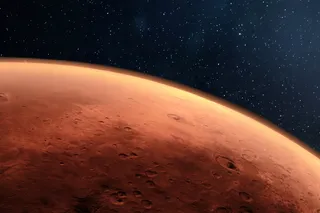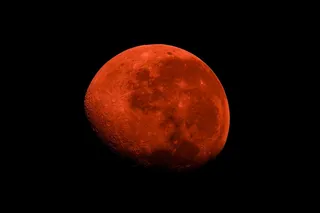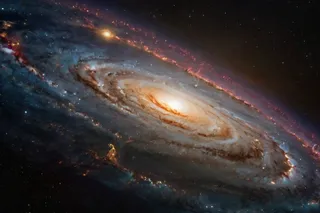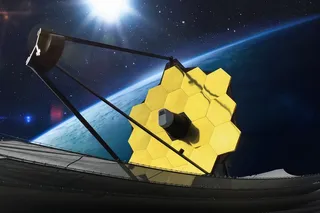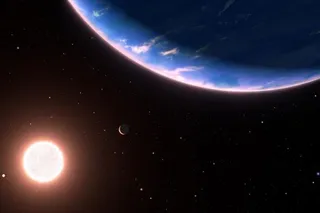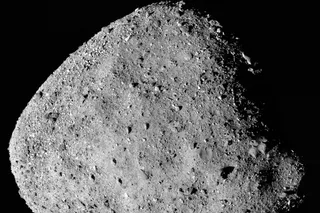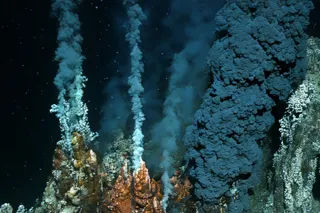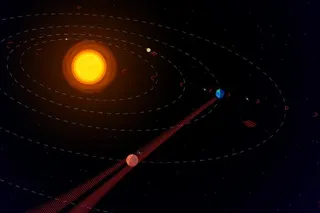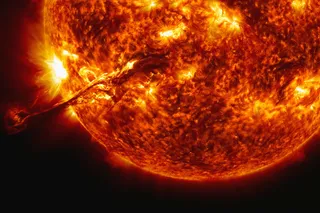Our sun may be responsible for life on Earth, but stars across the galaxy are also responsible for creating a plethora of elements on the period table. These are some of the building blocks of life as well as the basic material that forms planets and other astral bodies.
But how do stars form, evolve, and eventually die?
The answer depends in part on the size of the star, and even then, the outcome may differ based on several factors.
Most stars form in a similar way. Clouds of dust and gas floating in space called nebulae eventually begin to coalesce into clumps. The larger of these elements start to have stronger gravitational pulls, attracting more and more material. These clumps will then collapse as the density increases, compacting into ever denser cores.
As these materials interact, they begin to spin, and friction begins to cause it to heat up. ...



